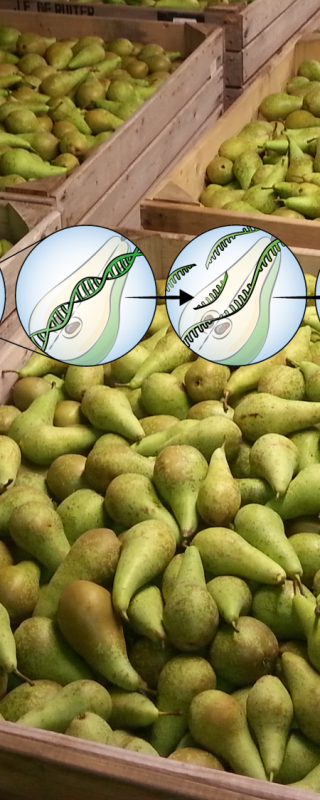
Omics
A harvested fresh product is alive, meaning that it is still biologically active. Each living product consists of lots of cells in which all kinds of processes take place. In response to external factors, such as light, temperature and oxygen availability, cells react by making copies of parts of their DNA that will help them respond to these external factors. For example, in response to ethylene, they respond by ripening. They do this by copying sections of DNA related for example to cell wall degradation (fruit softening) or to chlorophyll breakdown (changing colour from green to yellow).
The processes on this cellular level can be studied, usually with the purpose to make a link between a micro cellular process and a macro fruit process. This field of studies is called 'Omics'. Omics disciplines give an overview of the processes that occur within a product on a molecular level.

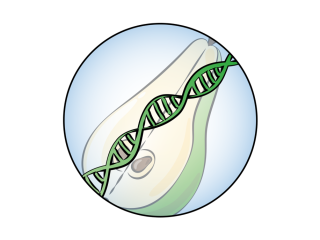
Genomics
Genomics studies the genome -- the DNA -- of a fresh product. With regard to genomics we are interested in knowing which genes are present in a fresh product, or if a specific gene of interest is present in the product.
Data resulting from genomics can lead to the identification of genes that contribute to postharvest quality. By understanding which genes have a positive effect on the desired postharvest property of the fruit, seed companies can for example breed for plants that have the specific gene.
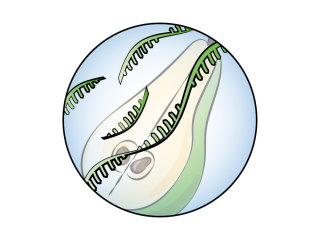
Transcriptomics
Transcriptomics studies which genes are transcribed in the cells of the fresh fruit. These transcriptions are often the first response to changes in the environment of the fruit and are required to produce proteins and metabolites.
Gene transcription occurs in all living organisms and is the step from DNA to proteins. Metaphorically speaking: if the DNA is a recipe book and the protein a meal, then gene transcription can be compared to the reading of the recipe to make that meal.
Data from transcriptomics studies provide insight in the processes that a product uses to adapt to changes in its environment. For example, transcriptomics can be used to identify which genes are transcribed during chilling of fresh produce and could potentially distinguish chilling sensitive from chilling tolerant products.
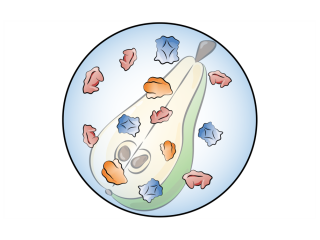
Proteomics
Proteomics is the field that studies which proteins or enzymes are present at a given time and how they change over time.
Proteomics provides information on what proteins are present during certain postharvest processes and provides insight in the regulation of the activity of these proteins. Examples of such proteins relevant for the postharvest management of fresh products are heat shock proteins after controlled atmosphere temperature treatment (CATT).
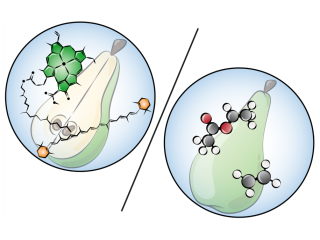
Metabolomics and volatilomics
Metabolomics studies which metabolites are present at a given time. Metabolites include intermediate and end products of pathways and can reflect product physiology or changes therein, e.g. colour, texture, taste and the occurrence of fermentation.
Volatilomics is similar to metabolomics but focuses solely on volatiles (gasses) and, as such, can be applied non-destructively. This technique can be used to identify volatile biomarkers related to (early) changes in product quality or the presence of specific fungi.